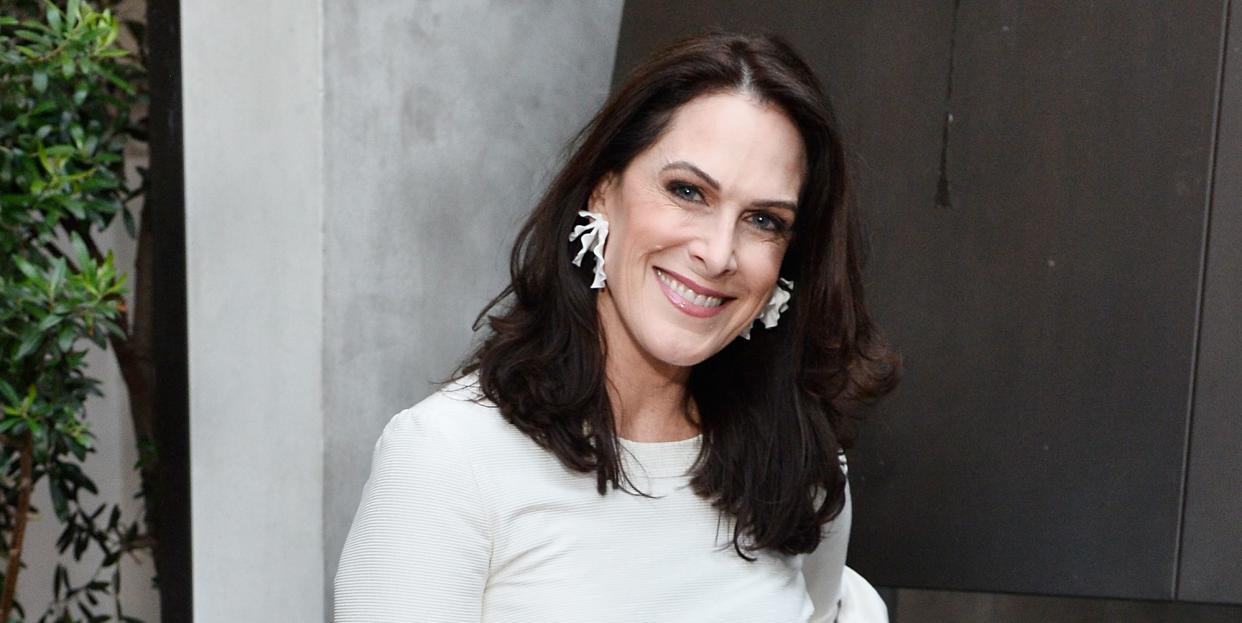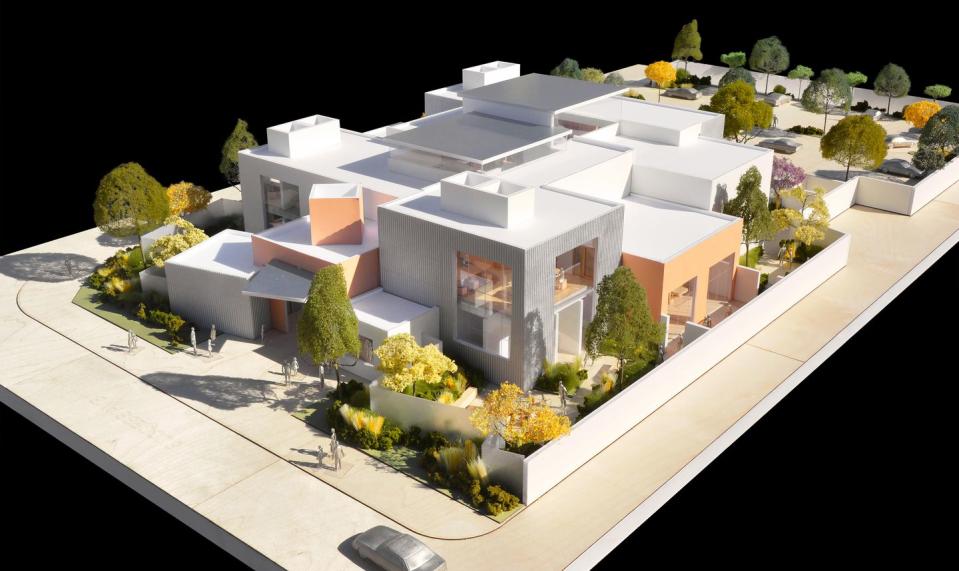How Bridget Gless Keller Is Helping Transform a Los Angeles Neighborhood

- Oops!Something went wrong.Please try again later.
- Oops!Something went wrong.Please try again later.
Few people who call Bel Air home would have much reason to venture 24 miles south to Watts, a very different slice of Los Angeles made infamous in 1965 by the riots that broke out following a physical confrontation with police after a 21-year-old Black man was pulled over for drunk driving. Today Watts has three of the city’s largest housing projects, in which dozens of gangs—59, to be exact—operate. It’s the sort of place where wearing blue, red, orange, or purple is verboten, unless you want to show your gang affiliation, and where volunteers form human shields on the streets so children can safely walk to school.
But Watts is also where Bridget Gless Keller, a jewelry designer, philanthropist, and fifth-generation Angelena, has spent the better part of the last decade volunteering at the Children’s Institute (CII), which brings early childhood education, therapy services, family support groups, youth activities, and crisis relief—in 2020 it provided food, laptops, and more—to its more than 30,000 clients. Since 2013 she has been spearheading the construction of a new building for the organization (she is now a trustee).

Designed by the legendary Frank Gehry, who took on the project pro bono, the 20,000-square-foot space, set to open this fall, will serve mainly as the fifth campus for the CII, the largest children-focused agency in L.A., founded in 1906. There will be various free programs to help kids deal with the trauma of poverty—and, most important, protect them from the lure of gangs—including therapy, arts, sports, and mentorship. The CII works with caregivers, too, helping them find jobs and teaching parenting skills. “They embrace the entire family, because you can’t just heal a kid and then stick him back into a dysfunctional household,” Keller says.
As building committee chair, Keller has made sure the new campus will have offices for the Watts Gang Task Force, an all-volunteer group made up of former gang members, parents, police officers, and elected officials, and the Community Safety Partnership. Established by the LAPD a decade ago, CSP is a game-changing initiative that has fundamentally altered the way policing is done in a neighborhood that was once notorious for its fractured, and violent, relationship to law enforcement. With CSP, officers commit to an area for at least five years and undergo training by the Urban Peace Institute. They attend neighborhood meetings, organize soccer games, mentor youth, and collaborate with social workers. “When the police are integrated into a community, everything works better,” Keller says. Take a recent incident: On a Sunday afternoon a child ran out from a barbecue holding a gun. But because police officers were well acquainted with the community, they knew the gun was a toy—and soon thereafter, plastic toy guns were pulled from local bodegas. When shots are fired in the area, therapists from the Children’s Institute now accompany police to the scene. The numbers prove the system works: Violent crime in Watts’s housing developments has decreased by 70 percent.
“I always say that Watts is ground zero for despair, but it’s also a place of resilience and hope,” Keller says. This Gehry campus will mark one such ripple of change. “The people of Watts are deserving of world class architecture.”
This story appears in the Summer 2021 issue of Town & Country.
SUBSCRIBE NOW
You Might Also Like

